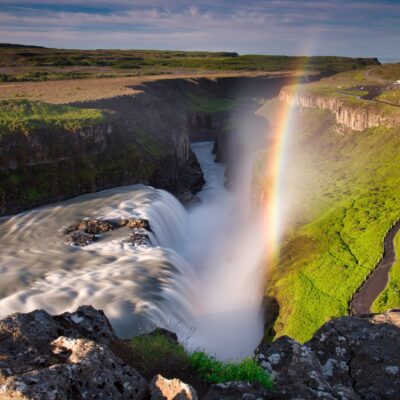Safari Adventures in Serengeti: A Wild Experience
Introduction
The Serengeti National Park, a vast expanse of grasslands and woodlands in Tanzania, is renowned for its incredible wildlife and breathtaking landscapes. A safari in the Serengeti offers an unforgettable experience, allowing visitors to witness the raw beauty of nature and encounter some of the most iconic animals on Earth.
The Great Migration
One of the most spectacular events in the natural world, the Great Migration, takes place annually in the Serengeti. Millions of wildebeest, zebras, and gazelles embark on a perilous journey across the plains, following the rains in search of fresh grazing. This epic migration is a sight to behold, with herds stretching as far as the eye can see.
- Timing the Migration: The Great Migration typically occurs between July and November, but the exact timing can vary depending on the rainfall patterns. It’s essential to plan your visit accordingly to witness this extraordinary natural phenomenon.
- Witnessing the Crossing: The migration often involves crossing rivers, which can be dangerous for the animals. Witnessing these dramatic river crossings is a highlight of any Serengeti safari.
Wildlife Encounters
The Serengeti is home to an incredible diversity of wildlife, including some of the most iconic animals in the world. Visitors can expect to encounter:
- Big Five: The Big Five – lions, leopards, elephants, rhinoceroses, and buffaloes – are the most sought-after animals to spot on a Serengeti safari.
- Predators: In addition to the Big Five, visitors may also encounter other predators such as cheetahs, hyenas, and jackals.
- Herbivores: The Serengeti is teeming with herbivores, including wildebeest, zebras, gazelles, giraffes, and antelopes.
- Birds: The park is home to a wide variety of bird species, including vultures, eagles, and ostriches.
Choosing the Right Safari
There are many different types of safaris available in the Serengeti, catering to various budgets and interests. Here are some factors to consider when choosing a safari:
- Duration: Safaris can range from a few days to several weeks. Consider your time constraints and budget when choosing the length of your safari.
- Accommodation: Accommodation options in the Serengeti range from basic camping to luxurious lodges. Choose the type of accommodation that suits your preferences and budget.
- Activities: In addition to game drives, many safaris offer additional activities such as hot air balloon rides, walking safaris, and cultural tours.
- Budget: Safaris in the Serengeti can be expensive, so it’s important to set a budget and plan accordingly.
Planning Your Trip
Here are some tips for planning your Serengeti safari:
- Best Time to Visit: The dry season (June to October) is generally considered the best time to visit the Serengeti, as the wildlife is easier to spot and the weather is pleasant.
- Packing List: Pack lightweight, comfortable clothing, sturdy shoes, a hat, sunscreen, and insect repellent.
- Health Considerations: Consult with a healthcare professional before your trip to ensure you are up-to-date on vaccinations and to discuss any health concerns.
- Travel Insurance: It’s essential to purchase travel insurance to protect yourself against unexpected events.
Ethical Safari Practices
When planning your Serengeti safari, it’s important to choose a reputable operator that adheres to ethical safari practices. This includes minimizing the impact on wildlife and the environment, supporting local communities, and ensuring the well-being of safari guides and staff.
Conclusion
A safari in the Serengeti is an unforgettable experience that offers the opportunity to witness the raw beauty of nature and encounter some of the most iconic animals on Earth. By planning your trip carefully and choosing a reputable operator, you can ensure a safe, enjoyable, and responsible safari adventure.






